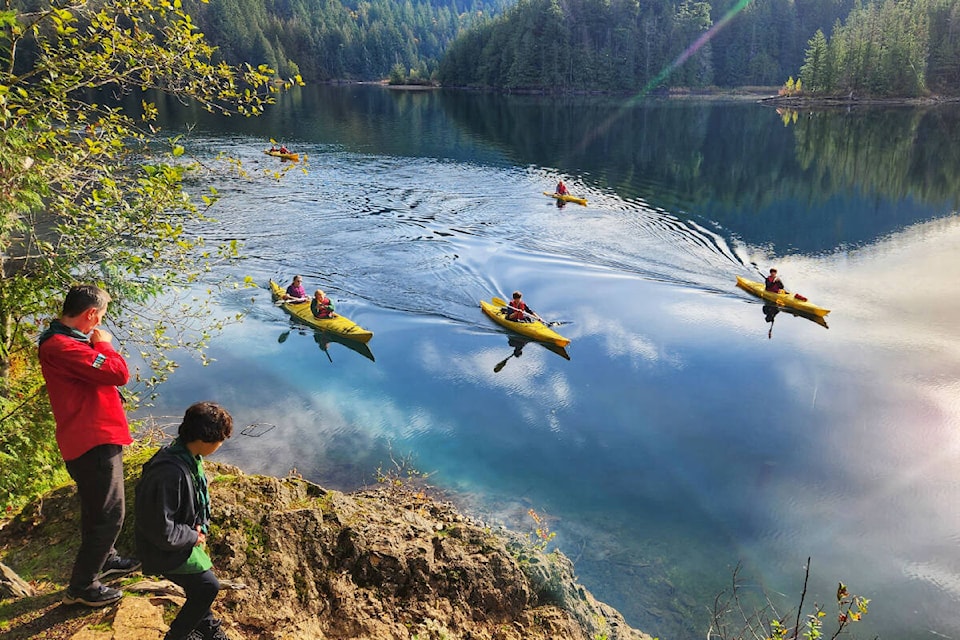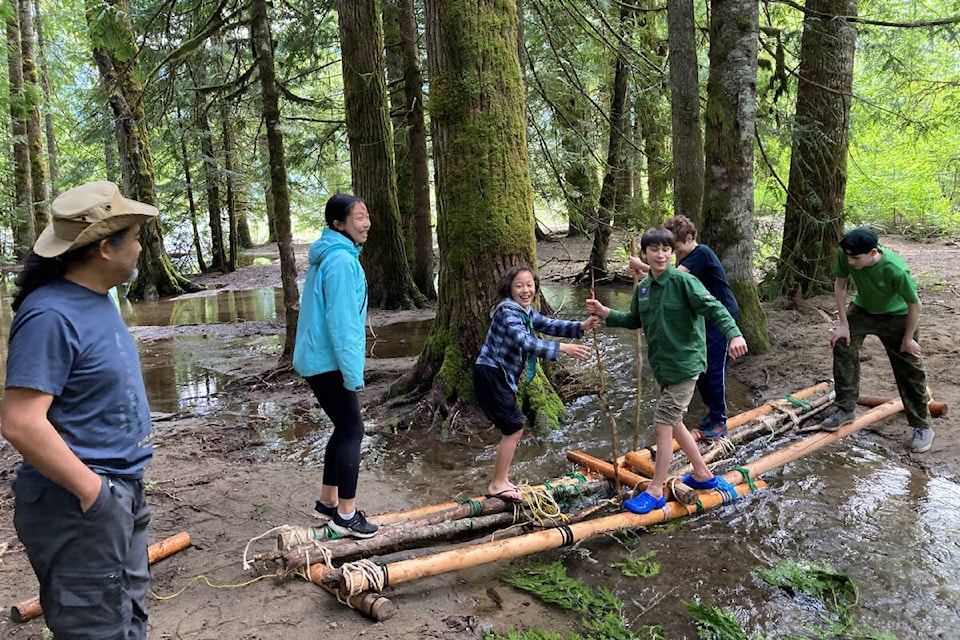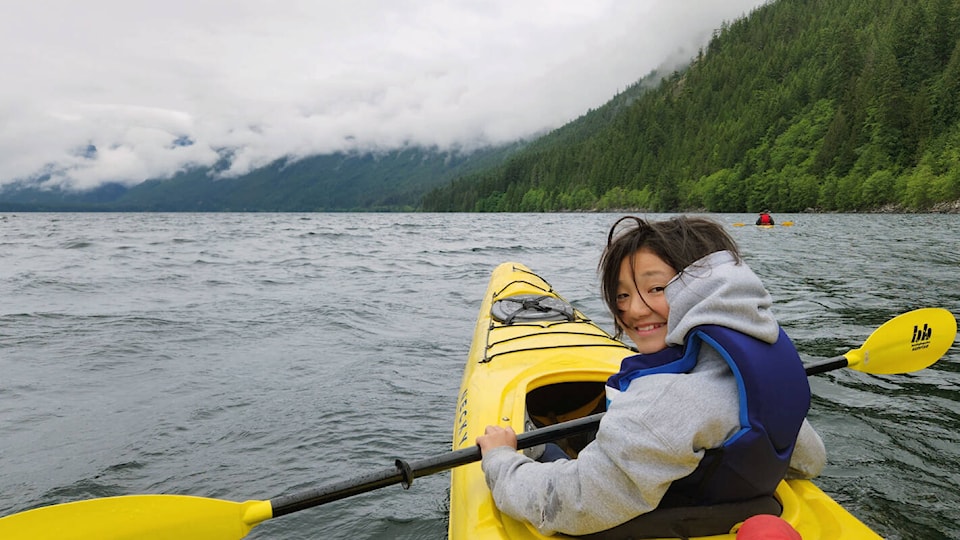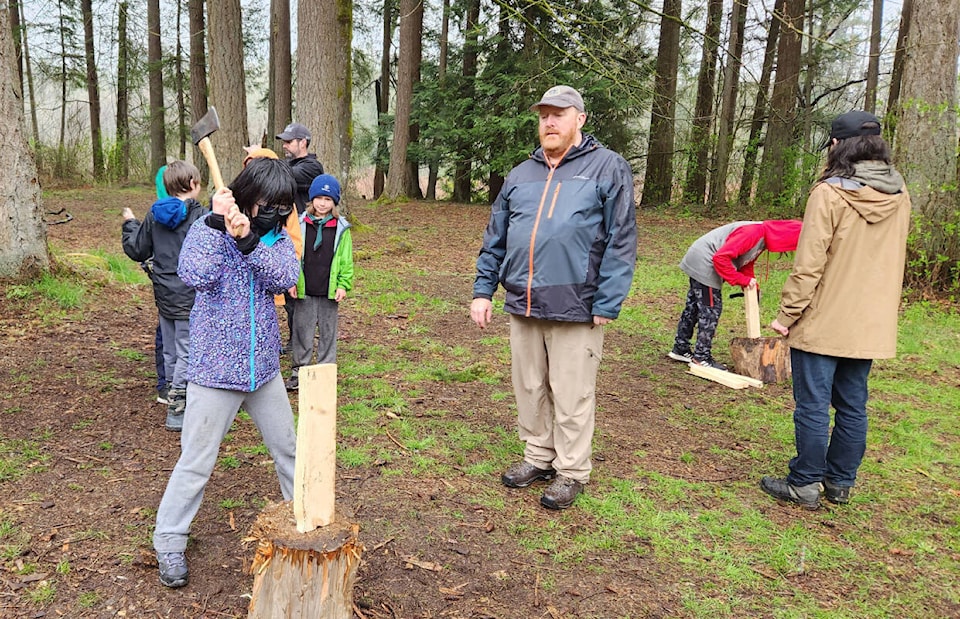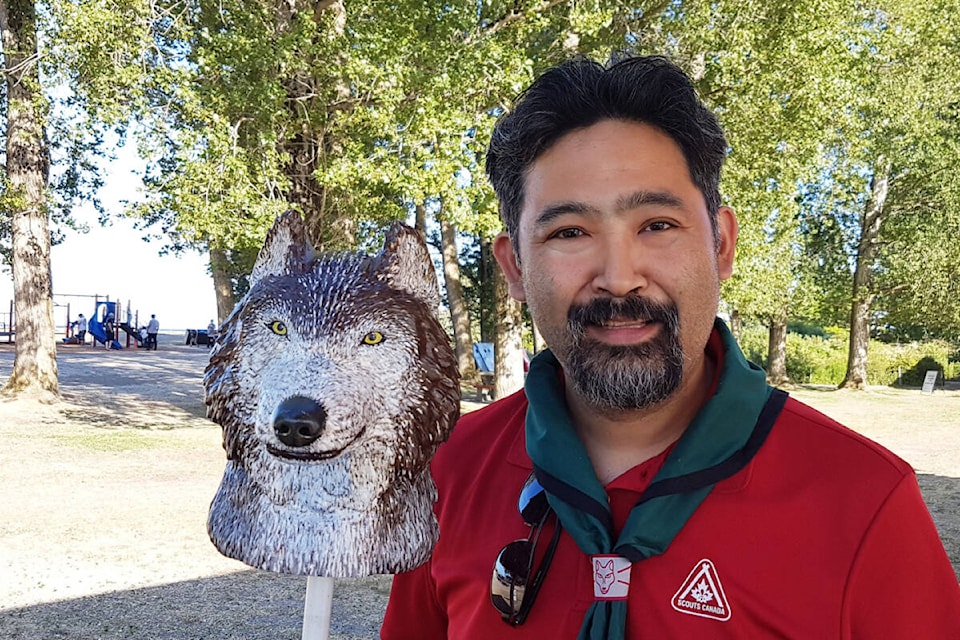Last month, the Canadian Pediatric Society reported that healthy childhood development can be improved through outdoor ‘risky play’. https://cps.ca/en/documents/position/outdoor-risky-play
The report seemed to set off more than a few parents concerned about the word ‘risk’. The release from the society said, “Risky play is defined by thrilling and exciting forms of free play that involve uncertainty of outcome and a possibility of physical injury. Based on evidence gathered over the last 15 years, primarily in children 1 to 13, risky play is often further categorized into various play types. These categories are purposefully imprecise because activities can differ widely based on a child’s developmental stage (rather than age), past experience, and personality.
Examples given were playing at height, climbing, jumping, balancing at height, bicycling at high speed, sledding, sliding, and running. Supervised activities, including using an axe, saw, knife, hammer or hopes, such as building a den or whittling, were suggested, as well as playing near fire, water, rough and tumble play, or exploring play spaces, neighbourhoods or woods without adult supervision.
If you are a parent reading this, and you’re starting to stress out, you should note there is a difference between risky play and an inherent hazard. A risk arises when a child can recognize and evaluate the challenge and decide on a course of action based on personal preference and self-perceived skill. For example, how high to go on a climbing structure or how fast to run down a slope.
A hazard is posed by situations where the potential for injury is beyond the child’s capacity to recognize it as such or to manage it. For example, an improperly anchored slide could topple under a child’s weight, or a rotten tree limb may break.
Scouts Canada knows the value of play, camaraderie, and adventure, supervised and in group settings. You could call it risky, but most Scouts call it fun.
James Kato, of the 9th SurDel Scouts, loves being a part of it. He grew up in Sunshine Hills and was in the 9th SurDel as a Beaver, and then a Cub. In the early ‘80’s, the 9th SurDel wasn’t what it is today. “I remember my best friend was in another local group, and he would talk about all the activities they did, and the camps they went on. Our group never did that. It wasn’t until a few years later that I realized that a lot of what scouting can offer youths comes from the volunteer leaders. That’s why I volunteer, not just for my own boys, who are both in the Scout Troop, but for all the youths in all the sections. And I have a great time as well.”
Scouts Canada has been open to both boys and girls since 1998. Some families love that they can enroll their son and daughter into the same group. Some girls join just because they prefer our curriculum over other groups. Being co-ed also means that either parent is welcome to be involved with their children. We have some very dedicated women leaders in our group.
Scouts Canada has the policy of “Youth Lead Activities”. We ask the youths for ideas and experiences that they would like to try and we do our best to help them achieve that. Our group loves to go camping. We even do camps in the Snow or via Canoe or Kayak.
“Over the year, our group is usually involved with archery, axe throwing, bopper tournaments (knock your opponent off a log using a padded sword of padded staff); capture the flag (and other wide games); canoeing, kayaking, fishing, indoor rock climbing, skating, pocket knife skills, axe skills, (chopping firewood); cooking on the camp-stove, or at the campfire.” Kato said. “We also go on UBC Overnight Hikes (from 6pm to 6am); swimming and night geocaching.”
“I started as a beaver, and 5-year-olds are welcome to join and then move to cubs (at age 8). Scouts are 11 until they turn 15 and become part of the Ventures. For the 9th SurDel, these sections are pretty full. If the Youth want to continue, they can enter Rovers (18+) OR become a volunteer Leader. We currently have three Leaders who have continued from the youth program to be volunteer Cub Leaders themselves.”
“Parents are welcome to become leaders. All the leaders are volunteers with busy lives, so the more leaders we have, the more youths we can have in a troop. It makes it a lot easier to plan and run the activities.” Kato concluded.
If you want to get involved with Scouts, visit the Scouts Canada website, which will link you to a scout group in your area. www.myscouts.ca.
